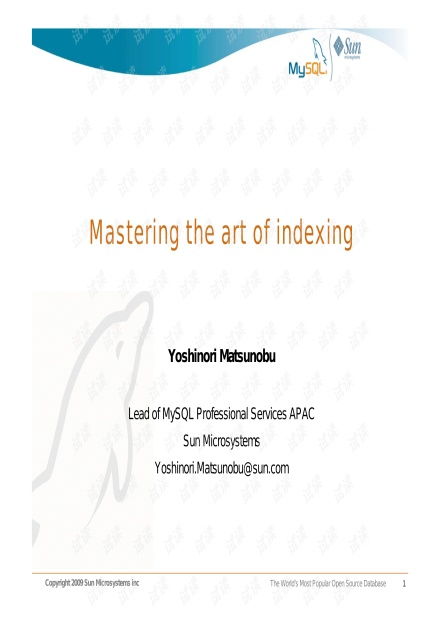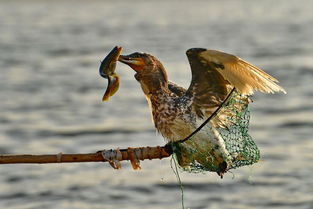Content:
Fishing, an ancient pastime cherished by millions around the world, is not just about casting a line into the water and waiting for a bite. It's an art form that requires skill, patience, and a deep understanding of the elements at play. One of the most crucial aspects of fishing is choosing and preparing the right bait. In this article, we will delve into the world of baits and provide you with expert tips on how to mix your own baits to enhance your fishing experience.
Understanding Baits: The Basics
Before we dive into the specifics of bait preparation, it's important to understand what a bait is and its role in fishing. A bait is any substance used to attract fish to a fishing hook. It can be natural or artificial, and the choice of bait depends on the type of fish you're targeting, the environment you're fishing in, and the season.

Natural Baits vs. Artificial Baits
Natural baits are those that are found in nature, such as worms, insects, or fish. They are often preferred by anglers for their authenticity and effectiveness. On the other hand, artificial baits are man-made lures designed to mimic the movement and appearance of natural prey. Both have their advantages and disadvantages, and the choice between them can greatly affect your fishing success.
Choosing the Right Bait for Your Target Fish
The first step in mastering the art of baits is to understand the preferences of the fish you are targeting. Different species of fish are attracted to different types of baits. Here are some general guidelines:
- Freshwater Fish: These fish often prefer live or fresh baits such as worms, leeches, minnows, or crickets. They are also attracted to artificial baits that mimic these live creatures.
- Saltwater Fish: Saltwater fish are generally more attracted to larger, more colorful baits such as fish, shrimp, or squid. Artificial lures that resemble these natural prey are also effective.
- Panfish: Panfish, like sunfish and crappie, are often caught on smaller, more delicate baits like waxworms, maggots, or small jigs.
Mixing Your Own Baits
Now that you have a basic understanding of baits and their purpose, let's move on to the art of mixing your own baits. Here are some tips to help you get started:
Research and Experiment: Before you start mixing your baits, research the types of baits that are effective for the fish you're targeting. Experiment with different combinations to find what works best in your fishing environment.
Start with a Basic Recipe: A basic recipe for bait mixture includes a binding agent (like bread or cornmeal), a protein source (like fishmeal or meat scraps), and a scent or flavor (like anise or garlic). Adjust the proportions based on the fish you're targeting.
Use Fresh Ingredients: The freshness of your bait is crucial. Use fresh ingredients whenever possible, and store them properly to maintain their quality.
Consider the Weather: The weather can greatly affect the effectiveness of your bait. On hot days, fish may be more attracted to live baits or baits with a strong scent. On cold days, they may prefer more natural, less odorous baits.
Keep It Simple: Sometimes, the simplest baits are the most effective. A well-prepared worm or a small piece of fish can be just as effective as a complex homemade bait.
Test Your Baits: Before heading out on your fishing trip, test your baits in a small container of water or in a pond. This will help you determine if they sink, float, or sink too quickly.
Prepare in Advance: If you're planning a long fishing trip, prepare your baits in advance. Store them in a cool, dry place to prevent spoilage.
Advanced Bait Techniques
Once you've mastered the basics of bait preparation, you can explore more advanced techniques:
- Bait Softeners: Adding a small amount of molasses or sugar to your bait can make it more appealing to fish by softening the texture.
- Scented Baits: Adding essential oils or commercial scents to your bait can enhance its attractiveness. However, be cautious not to overdo it, as too much scent can be overwhelming to fish.
- Coloring Your Baits: Some fish are attracted to certain colors. Experiment with different colored baits to see which one works best for your target species.
Conclusion
Mixing your own baits is an essential skill for any angler looking to improve their fishing experience. By understanding the basics, experimenting with different ingredients, and considering the preferences of your target fish, you can create baits that are highly effective and tailored to your specific fishing needs. Whether you're targeting freshwater or saltwater fish, the right bait can make all the difference in your success on the water. Happy fishing!












